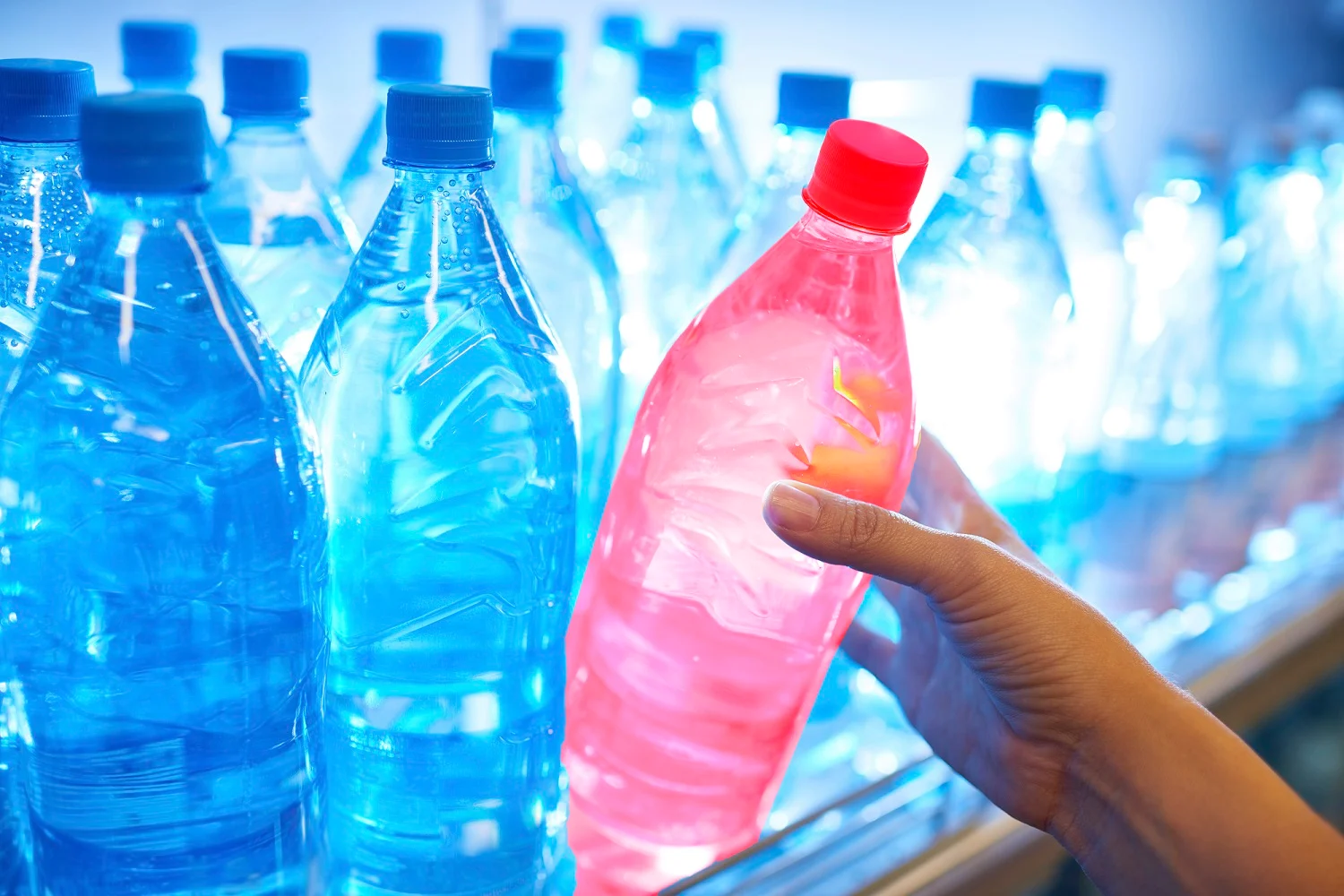Emergence of Bottled Water Culture in the U.S.
The bottled water industry began growing tremendously in the United States starting in the late 1970s and early 1980s. During this time, concerns about municipal tap water quality and a desire for perceived purity drove many consumers to bottled water. Brands like Perrier capitalized on these health trends and established bottled water as a major commercial beverage category. Through the 1980s and 1990s, bottled water consumption continued rising steadily as its image transformed from an expensive novelty to an everyday lifestyle choice. By the new millennium, bottled water outsold both milk and beer to become one of the most popular commercial beverage types in the country.
Leading Brands and Regional Players
Today, U.S. Bottled Water is dominated by a few mega brands. These multinational companies can leverage massive distribution and marketing budgets to drive widespread name recognition. However, many regional bottled water companies also thrive by focusing on local tastes and sourcing. For example, Poland Spring Originates from Maine and has grown rapidly on the East Coast since the 1850s. Other notable regional players include Crystal Geyser Alpine Spring Water and Arrowhead Mountain Spring Water.
Government Regulations and the FDA
All bottled water production and standards in the United States fall under the regulatory purview of the Food and Drug Administration (FDA). The FDA established a "Bottled Water Good Manufacturing Practice" in order to ensure the product is safe for consumption and correctly labeled. This GMP covers source approval and monitoring, product definition standards, production and transport rules, and microbial testing protocols. Additionally, the FDA classifies bottled waters into regulated categories such as "purified," "spring," "artesian," "mineral," and "sparkling" to manage labeling claims. Strict regulations aim to maintain consumer confidence in bottled waters while still allowing for U.S. Bottled Water growth and innovation.
Sustainability and Environmental Concerns
With over ten billion gallons sold annually, the environmental impact of bottled water has become a concern. Most plastic bottles end up in landfills due to lack of recycling even though plastic production requires fossil fuels. Additionally, bottling sometimes places strain on local water resources. However, industry advocates argue bottled water delivers great value while using under 1% of municipal water supplies nationwide. Still, to address these issues many bottlers implement sustainability programs covering reduced packaging, increased recycling rates, and community watershed protection. Large manufacturers also shift toward recycled PET (polyethylene terephthalate) to lessen reliance on virgin plastic. Overall, balancing business needs with environmental stewardship represents an ongoing challenge as bottled water becomes further ingrained in American hydration habits.
Get more insights on U.S. Bottled Water


